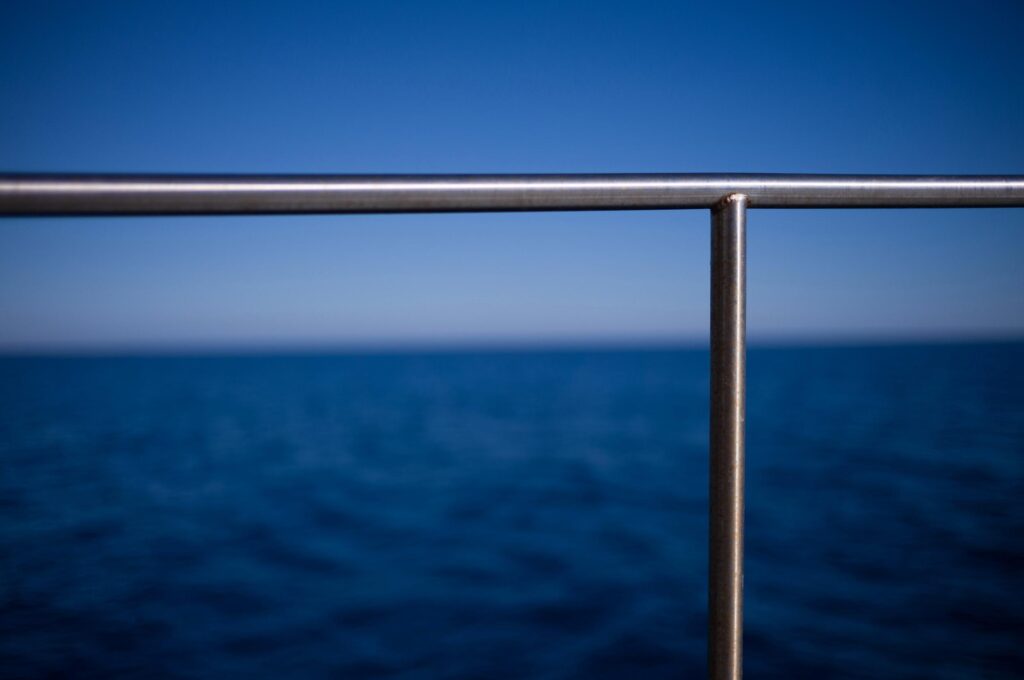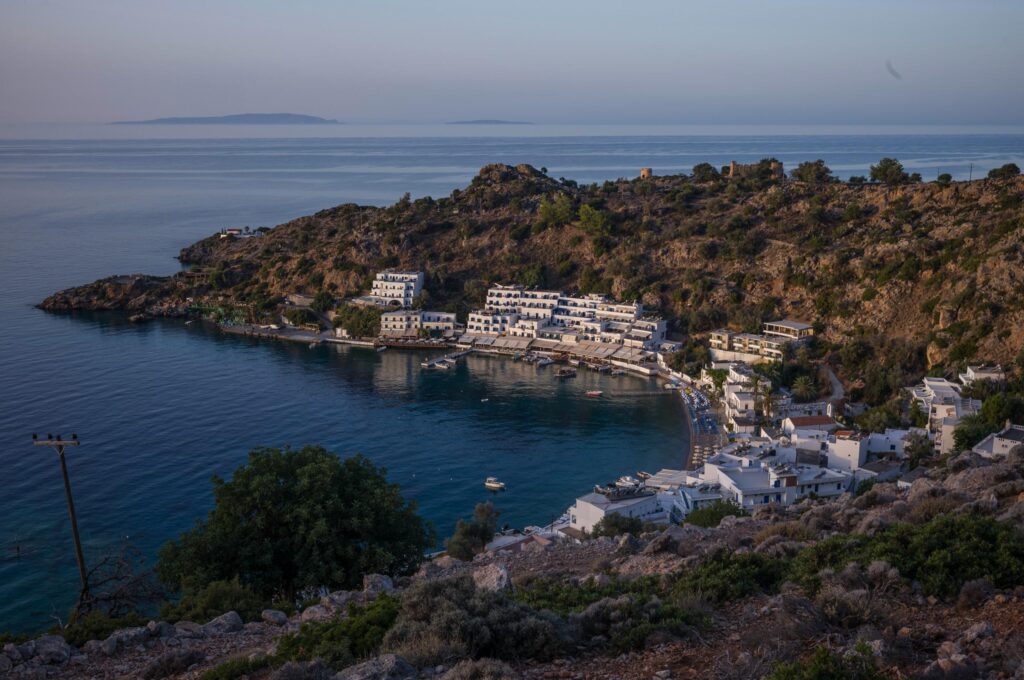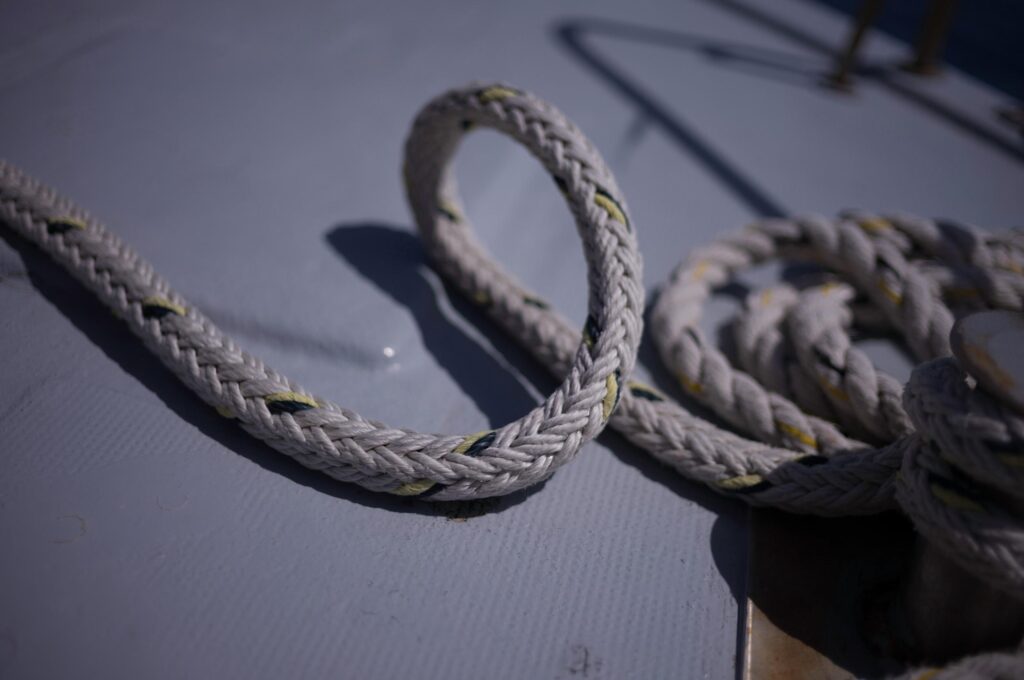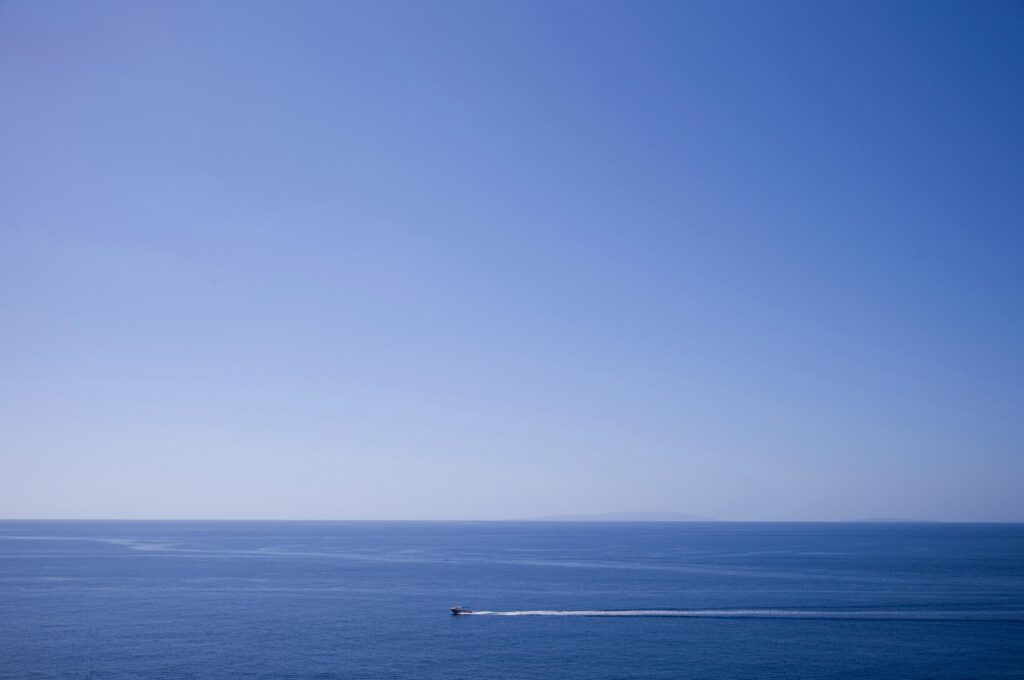I’ve been shooting with the new 35 Summilux since February, but I wasn’t aware of the launch date until the day before we came to Crete. So I’ve been using the M11 with the 35 Summilux almost exclusively since we arrived; we’ve become the best of friends.
Mostly I have just used the rangefinder (with Live view for the odd close-up shot), but sometimes, the EVF has been mounted. It’s a little like shooting a 35 mm Q2 on steroids! However, the upshot of this is that the bulk of this article has been written on an iPhone mini while sitting on the beach. At any rate, here are my thoughts on the new lens.
Since the early days of 35 mm images, photographers have been divided as to whether 35 mm or 50 mm is the real ‘standard lens’. Of course, there isn’t a proper answer; it depends on what you shoot and on your personal preference.
What certainly is the case is that since the arrival of the first Summilux lens (the 5 cm Summilux in 1959), the Leica Summilux has been the workhorse lens for photographers around the world. The first 35 mm Summilux arrived in 1961 (the ‘steel rim’) and is still a lens prized by collectors and photographers alike.
The first Aspherical 35 mm arrived in 1991, but fewer than 4,000 copies were made. Perhaps because of the difficulty in manufacturing, with its two aspherical elements, it was replaced by the 35 mm Summilux Asph in 1994 (with one aspherical element). This was in production until 2010; a fantastic lens, but rather subject to focus shift.
To solve the focus-shift issue, Leica introduced a new 35 mm Summilux with a floating element in 2010. Generally known as the 35 FLE, this lens has been the centre of many photographers’ arsenal for more than a decade.
The Leica Summilux-M 35 f/1.4 ASPH (Close Focus)
When the FLE was released, the M9 was Leica’s flagship camera. There was no Live View or electronic viewfinder, so there was no incentive to improve on the close focusing limit of the rangefinder (0.7 metres).
By the time the SL2 and the M10 were released, times had changed, and there was a real possibility of making M lenses with closer focus. The 35 APO Summicron was the first lens to support this newly designed ‘double cam’ focusing mechanism, and the new 35 Summilux CF allows you to focus down to 0.4 metres. The focusing throw has been almost doubled to 176 degrees, and there is a clearly felt resistance at 0.7m, beyond which you need an EVF, live view or Leica Fotos for precise focusing.
Although the screw-in lens hood of the FLE was a definite advantage over the clip-on (drop-off) offerings of earlier lenses, it still added considerably to the bulk of the lens. The new slide-out lens hood is still better and seems to be just as successful at reducing flare. The result of these changes is that the new lens is about one millimetre shorter than the old one and about one millimetre fatter, not something which will be easily detected.
The FLE had nine aperture blades, which helped to produce its great bokeh; the new lens has eleven blades improving the bokeh for all apertures smaller than f/1.4 (where the aperture is round for both lenses).

Performance
I have been using the new lens since February, largely with my M11 but also with the SL2. I’ve carefully compared the performance with my 35 FLE, and it seems that the new lens has a slightly more relaxed and gentle bokeh.
Like the FLE, the new lens is prone to a small amount of chromatic aberration with high-contrast edges, especially at wide apertures (think tree branches against grey sky). This is easily fixed in Lightroom or the processor of your choice.
Close Focusing
The new close-focus option is lovely to use and also creates great photo opportunities. I have been using it mostly on the M11 — both with Live View and with the EVF.
I am writing this from Crete, where the high contrast and bright colours create many opportunities to use close focus. Here the electronic shutter really comes into its own, making it possible to shoot wide open without using ND filters.
Conclusion
This lens has three benefits over its predecessor:
- Close-focus opportunities
- Newly designed body with twist-out lens hood
- Eleven as opposed to nine aperture blades for better bokeh
The optical formula is the same as the FLE (no bad thing). It comes in black and silver anodised versions which weigh the same.
If you already have the FLE, then the new lens might not be a compelling upgrade, but Leica has made some real incremental improvements to what was already a great lens. If your principal camera is an M11 or an SL2, then the upgrade may seem quite compelling.
Personally, I’ve found that the combination of the close focus and the excellent EVF on the M11, together with the improved ergonomics, has made the 35 Summilux remake a lens to fall in love with.
More images
Full details of the new 35 mm Summilux
More from Jonathan Slack
Visit the author’s website
Make a donation to help with our running costs
Did you know that Macfilos is run by five photography enthusiasts based in the UK, USA and Europe? We cover all the substantial costs of running the site, and we do not carry advertising because it spoils readers’ enjoyment. Every amount, however small, will be appreciated, and we will write to acknowledge your generosity.














Great piece. One question: why use the 2022 Leica 35mm f/1.4 Summilux ASPH as opposed to the Leica SL 35mm – on the SL2 (have the SL2 and SL 35mm) – noticeable difference in look/ feel of the image ?
Hi Jono, you would make any great lens look amazing – a number of images that I would like to claim as mine.
Some people, 😂😂😂, think this is a redesigned lens but as you point out it has the same optical design so I consider it a mechanically refreshed lens. The built-in hood makes it a much more compelling lens! However, I much prefer the rendering of the Zeiss 35/1.4 optical design but the 11 blade aperture possibly reduces the difference a wee bit but not with what I see on images so far. So for f/1.4 performance, I feel the zeiss still blows the Leica out of the water. If size matters, the Leica blows the Zeiss out of the water. If six bit coding matters, the Leica blows the Zeiss out of the water. If cost matters, Zeiss evaporates the Leica.
I am astonished that Leica did not improve the optical design after all these years, but their optical designers must be working on medium format lenses or 50mm/0.75 glass.
Please let me know when I need to put my advance preorder in for the M11 monochrome as I have sold my amazing M10M in anticipation. The M10M was spectacular but I want to get dow to one battery😀.
Cheers
Brian
Thank you very much, Jonathan.
I was hoping to read a review from you about this new-old lens, and almost in real time got this wonderful article. I am in awe for your competent way of writing about lenses, your reviews are based on practical experience, and they address the questions of active photographers. All this is beautifully written in a calm and yet committed way and illustrated with attractive and, more important for a review, significant pictures.
For me, the improvement of the new iteration is not big enough to even think of getting it. I have wished for a shorter mininal focusing distance several times, but I am no friend of live view (I very much prefer to have the camera close to the body to stabilize it), and the EVF for my M10 is not so nice to handle (and not so great to look through). Furthermore, a shorter MFD seems to make more sense to me in a lens with a narrower angle of view or a bigger magnification. Maybe we will see a “new” 50 Lux soon…
And one more thing – without knowing if this is also a “double cam” system or a different technology, the 16-18-21 Tri-Elmar focuses down to 0.5 metres with a distinctive click at the 0.7m rangefinder limit.
All the best, JP
Thanks, Jonathan! Useful info, as always. In my past Leica (and other camera) days I loved the 35mm view but then ‘discovered’ the 28mm (Elmarit, then Lux – my favorite lens for reportorial work) and was hooked. I sold my beautiful 35mm chrome Cron and never looked back. But! I did keep that first steel-rim 35mm Cron (recently CLA’d for the first time!) and the so-called ‘King of Bokeh’ 35mm. Don’t have much call to use them but, if required, they are in my arsenal and perform like champs!
Thanks Jonathan for a wonderful set of images and a fantastic review. The area looks very much like the Hora Sfakion and Loutro area. This Part of Crete is truly amazing
Jean
Well done Jean – spot on – between Sfakion and Aghia Roumelli is our stamping ground!
Best
Jono
Great! Millions of thanks. Ask my email address to Mike, please
Thanks Jono. I can’t afford none of both. But surprise that vignettes for the price. Close view would not be fine with rangefinder. If you have some free time, I lost the car keys in Knossos in about 1993; perhaps you can find then with the close view. Have a great time
Hi George
The room is only €50 a night and the lens belongs to Leica! Indeed you can’t close focus with the rangefinder but you can with the rear LCD. The vignetting was added by me in post processing.
I’ve got your keys, where would you like me to send them?
Great to be in Crete making a review with a 15.000 € gear! Visoflex excluded
But, is that lens as good as Mike says?, I see notable vignetting in the blue, the hand rail, the rope, for instance. If designed for evf (useless for rf) close focus is actually at half way of what autofocus lenses give often, 15-20 cm
I don’t think I made any claims for the Ken’s since all I have had to go on is Leica’s press release. I thought for a moment I’d left my name on Mono’s review and had to do a quick check. But all is ok. Phew!
Must be good for €6000.
Ah. That was an attempt at sarcasm!
It is great to be in Crete making a review George, but it’s also work, perhaps it would be nicer to be in Crete just having a holiday (which was my intention until Leica jumped the release date on me the day before we left) – please don’t get the idea that Leica helps with these trips!
As for the lens, it’s the same optically as the previous version and has the same amount of vignette, but the shots you mention were at f1.4, and also have a little contrast adjustment which exaggerates the small amount of vignetting.
You don’t need the EVF for close up (Live view works fine). Quite right that it’s no big deal compared to many dSLR lenses, but then they aren’t this size!
All the best
Jono
Thank you so much Jonathan for this review of the new close focussing 35 1.4.
How does it compare to the new close focussing 35 2.?
Which one would you choose?
Thank you
Saul
Hi there Saul
Well, I don’t think the Summilux is as good as the APO. After all, the optical formula is the same as the 12 year old FLE.
I have the APO and I’m not planning to swap, but lots would prefer the “character “ of the Summilux
All the best
Many thank for this first review, what about the move forward related to the 35mm 1.4 asph wihout flee?
What super photos both close and distant! Thank you.
Thank you so much John